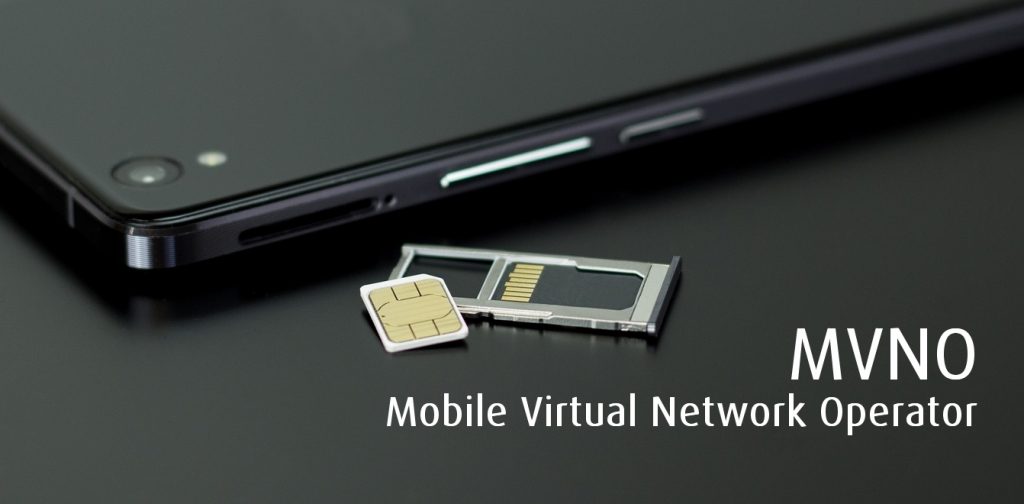Network Slicing Empowers 5G Networks
Network slicing is a revolutionary technology that empowers 5G networks to provide customized and isolated virtual networks tailored to specific applications or user groups. This section explores the concept of network slicing, its benefits, implementation challenges, and real-world applications that leverage this technology.
Introduction to Network Slicing
Network slicing is a concept that divides a physical 5G network into multiple virtual networks, known as slices. Each slice operates as an independent network with dedicated resources, connectivity, and network functions. Network slicing allows for the creation of separate virtual networks optimized to meet the unique requirements of different services, applications, or user groups.
Benefits of Network Slicing in 5G Network slicing offers several benefits in the context of 5G networks:
- Service Customization: Network slicing enables operators to tailor network parameters and capabilities to specific services or applications. This customization ensures optimal performance, low latency, and high reliability for each slice, meeting the diverse requirements of different use cases.
- Efficient Resource Utilization: By allocating dedicated resources to each network slice, network slicing optimizes resource utilization. This ensures that resources, such as bandwidth, processing power, and storage, are efficiently allocated based on the demands of each slice, leading to improved network efficiency.
- Isolation and Security: Network slicing provides isolation between slices, ensuring that the resources and data of one slice are isolated from others. This enhances security, confidentiality, and privacy, particularly in scenarios where sensitive data or critical services are involved.
- Scalability and Flexibility: Network slicing enables the dynamic scaling of resources based on the needs of each slice. It allows operators to flexibly adjust capacity, coverage, and network functions to accommodate changing demands and varying traffic patterns.

Implementation Challenges of Network Slicing While network slicing offers significant benefits, its implementation poses several challenges:
- Resource Orchestration: Efficient resource orchestration is crucial for effective network slicing. Operators need robust management and orchestration systems to dynamically allocate and manage resources across multiple slices, ensuring optimal resource utilization and performance.
- Network Function Virtualization (NFV): Network slicing relies on NFV to virtualize network functions and create independent virtual networks. Implementing NFV requires specialized hardware, virtualization platforms, and advanced management systems to support the dynamic instantiation, scaling, and management of virtual network functions.
- Service-Level Agreements (SLAs): Network slicing necessitates the establishment of SLAs between operators and service providers or customers. Defining and enforcing SLAs for each slice, including performance guarantees, reliability targets, and security measures, can be complex and requires clear communication and coordination between stakeholders.
- Interoperability and Inter-Slice Communication: Ensuring interoperability and seamless communication between different network slices is a challenge. Slices may have distinct architectures, protocols, and interfaces, requiring standardized protocols, APIs, and inter-slice communication mechanisms to enable collaboration and service continuity.

Real-World Applications of Network Slicing Network slicing finds applications in various sectors, enabling customized networks for specific use cases:
- Enhanced Mobile Broadband (eMBB): Network slicing enables operators to create dedicated slices optimized for high-speed data services. These slices can deliver enhanced mobile broadband experiences with ultra-fast speeds, low latency, and high bandwidth, catering to data-intensive applications such as video streaming, online gaming, and virtual reality.
- Mission-Critical Communications: Network slicing supports dedicated slices for mission-critical services, such as public safety and emergency response. These slices provide guaranteed connectivity, high reliability, and low latency, ensuring seamless communication and coordination in critical situations.
- Internet of Things (IoT): Network slicing plays a crucial role in supporting diverse IoT deployments. Operators can create slices tailored to specific IoT applications, such as smart cities, industrial automation, and healthcare. Each slice can provide the required connectivity, reliability, and security features optimized for the specific IoT use case.
- Virtual Private Networks (VPNs): Network slicing allows enterprises to have dedicated virtual private networks customized to their specific needs. These slices offer secure and isolated connectivity, enabling enterprises to securely access and manage their resources, applications, and data within a virtualized network environment.
Future Directions and Innovations Network slicing is expected to evolve further, with ongoing research and development efforts focused on enhancing its capabilities:
- Dynamic Slice Management: Advances in machine learning and AI techniques can enable dynamic slice management, allowing networks to self-optimize and adapt in real-time based on changing network conditions, traffic patterns, and user demands.
- Slicing as a Service: The concept of slicing as a service allows third-party service providers to create and manage their own slices within a 5G network infrastructure. This facilitates innovation, enables service differentiation, and promotes collaboration between network operators and service providers.
- Network Slice Federation: Network slice federation enables the seamless interconnection and coordination of slices across different operators and domains. This allows for the creation of end-to-end services that span multiple networks, enhancing scalability and service continuity.
In conclusion, network slicing is a transformative technology that empowers 5G networks to provide customized and isolated virtual networks. By enabling service customization, efficient resource utilization, isolation, and scalability, network slicing enhances the capabilities of 5G networks and enables diverse applications across sectors. While challenges exist in its implementation, ongoing research and innovations in areas such as resource orchestration and interoperability will further unlock the potential of network slicing, paving the way for a more flexible, customizable, and efficient 5G ecosystem.
By Abdul W Moghul
 MVNO MVNE MNO Mobile & Telecoms industry intelligence Telecoms Jobs, News and Business
MVNO MVNE MNO Mobile & Telecoms industry intelligence Telecoms Jobs, News and Business






